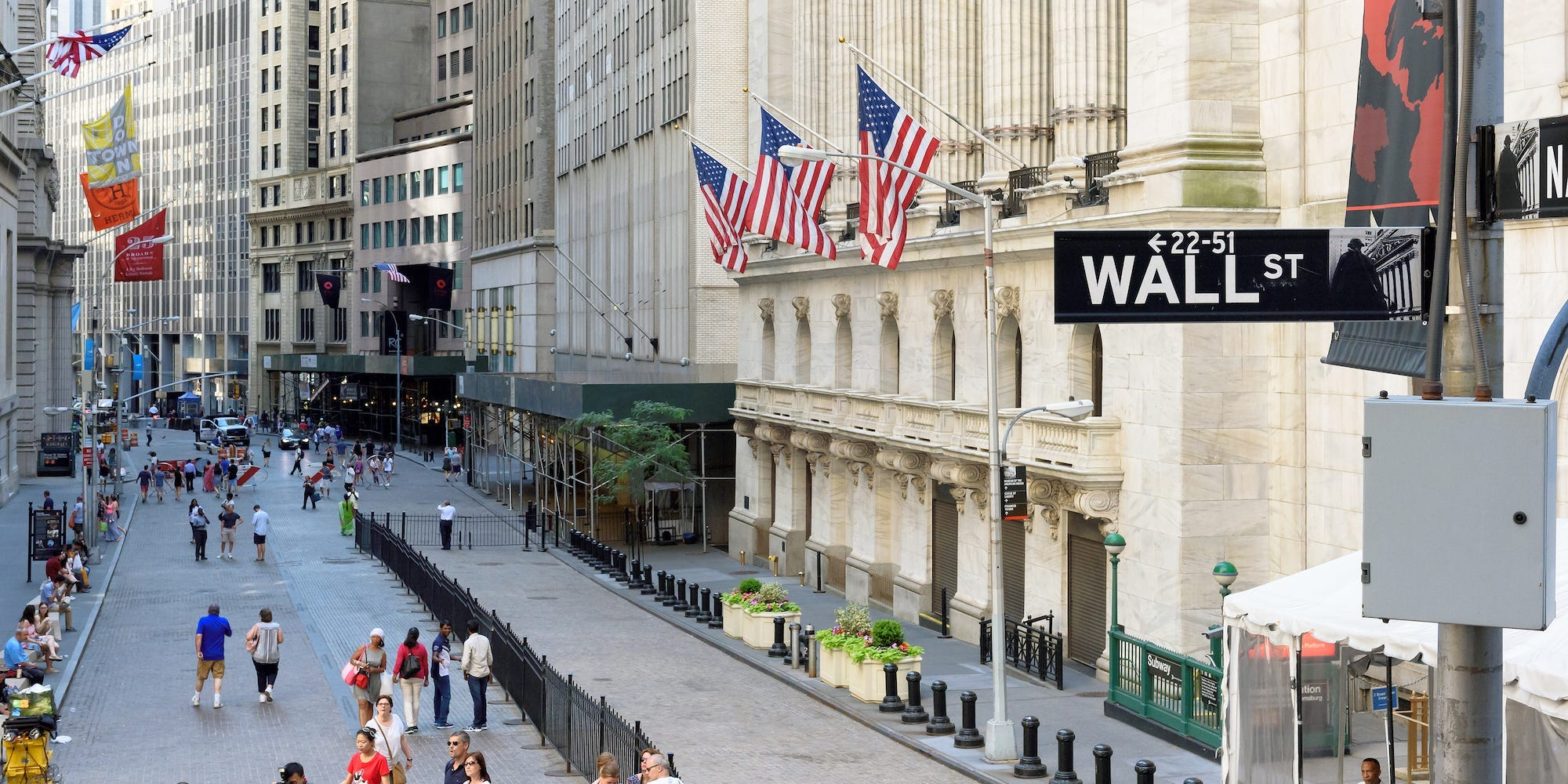Free brokerages are still costing retail investors billions, but not due to the controversial PFOF practice. Rather, hidden costs come from differences in price improvement among brokerages, a new study finds. That can cause billions in losses annually among all retail investors, the study’s authors said. Loading Something is loading.
Zero-commission trading apps may have brought a new generation of traders to the stock market, but free brokerages have hidden costs that may add up to billions of dollars a year for retail investors, according to a new study.
Contrary to what many market experts have said about the use of payment for order flow — the controversial practice that entails routing customer orders to market makers who pay the brokerage for those trades – the authors of a new study say the mounting costs associated with free brokerages are the result of a different mechanism.
The study, titled “The ‘Actual Retail Price’ of Equity Trades” published this month by Christopher Schwarz, Brad Barber, Xing Huang, Philippe Jorion, and Terrance Odean, argues that it isn’t that market makers who pay for order flow are hindering best execution for retail trades, as PFOF critics have claimed.
Rather, it’s the quality of pricing and “price improvement” between the brokerages themselves that varies, meaning that investors can expect to see a different return depending on the trading app they use.
The authors opened accounts with five brokerages and conducted 85,000 trades, setting them up to be executed simultaneously whenever possible. The result was a surprisingly wide range of pricing for identical trades compared to the so-called National Best Bid Offer Price, which all brokerages claim to be able to beat.
“We find astonishingly large execution differences between brokers,” the authors said, noting that when brokerages direct trades to market makers, it also allows the brokerage to offer a small price improvement to its own users – i.e., allowing customers to sell stock at a fractionally higher price, or buy stock at fractionally lower prices than on the market.
And the range of price improvement is one of the main sources of losses for retail investors, depending on which brokerage they do business with. The researchers claim that TD Ameritrade is at the top when it comes to price improvement, whereas Robinhood was less competitive in their study.
Those differences in pricing could lead to billion in losses annually for retail traders, the study claimed.
“We find economically large price execution differences between brokers that, in aggregate across all retail trades, would add up to potentially tens of billions of dollars in unnecessary annual costs for retail traders…While we were aware that such trading would not be “free”, we were surprised by the range of execution prices for our simultaneous identical trades,” the authors said.
Regulators have been critical of the hidden fees retail traders pay for using commission-free brokerages for a long time, but their attention has mostly been on PFOF. The Securities and Exchange Commission, for instance, slapped Robinhood with a $65 million fine last year for directing customer trades to market makers who didn’t offer the best price, and SEC Chair Gary Gensler recently proposed new rules for greater transparency among brokers that use PFOF to offer free trades to clients.
But the study ultimately argues that the focus on payment for order flow may be misplaced.
“We find that PFOF explains essentially none of the observed execution differences,” researchers said. They noted the the practice only accounted for 3.4% of the differences in price improvement among retail brokers.
“Since PFOF does not explain our findings, we turn to market centers to try to unravel the drivers of variations in price execution. In the end, we find that our price differences are due to different brokers getting different execution prices for the exact same trade at the same venue.”
